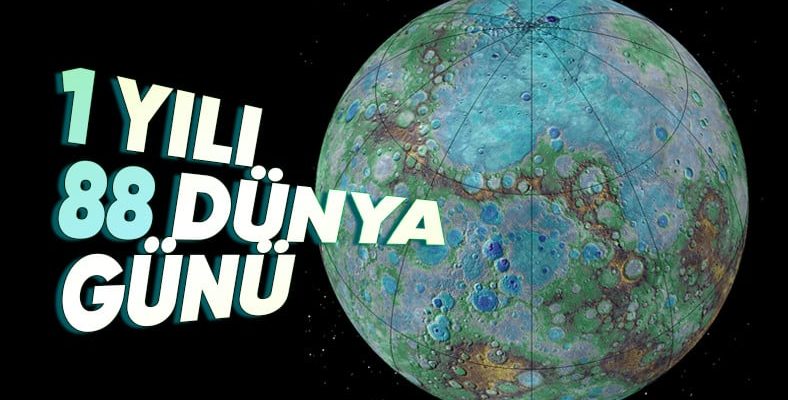Mercury, which stands out as the closest planet to the Sun in the solar system, brings with it a number of interesting secrets with this feature. No matter how much we think we know about the tiny and fast planet Mercury, it always manages to offer us surprises. Are you ready to learn what you don’t know about the characteristics of the planet Mercury?
The fastest runner of the solar system Main characteristics of Mercury We will cover many topics, starting from its interesting surface structures, the mysteries of its thin atmosphere and the latest discoveries of scientists.
In that case our space travel let it begin!
Characteristics of planet Mercury
- Mercury takes its name from the messenger god in Roman mythology.
- When was Mercury first observed?
- The closest planet to the Sun.
- It is about one-third of the Earth’s diameter.
- With its rotation around the Sun, it completes a year in only 88 Earth days.
- The history of modern observation of Mercury gained a new dimension with the beginning of space exploration in the 20th century.
- Mercury’s surface is covered with numerous craters, similar to the surface of the Moon.
- Mercury’s internal structure is notable for having a large iron core.
- It has the thinnest atmosphere of any planet in the solar system.
- Frozen water was discovered.
- Streams of particles spilling like comets on its surface have also been discovered.
- With Mercury, Einstein’s theory of general relativity was confirmed.
- Other information about Mercury:
Mercury takes its name from the messenger god in Roman mythology.
This name refers to its rapid motion around the Sun. According to Universe Today, the Sumerians were talking about Mercury as early as 2 thousand years BC. If the Babylonians Mercury was named Nabu They had given it. The reason they gave this name is messenger gods of the Romans It is known to be.
When was Mercury first observed?
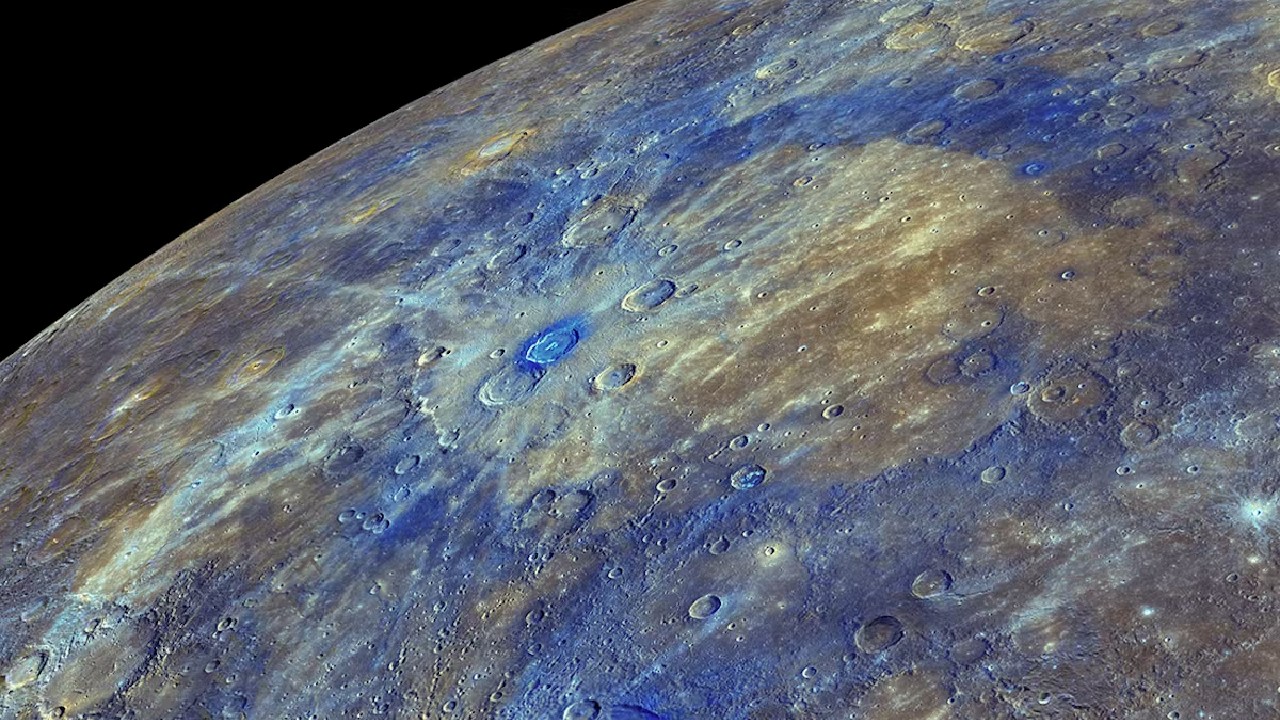
According to NASA, Mercury was first discovered by astronomers in 1631. Galileo Galilei and Thomas Harriot It was observed with the telescope invented by.
The closest planet to the Sun.
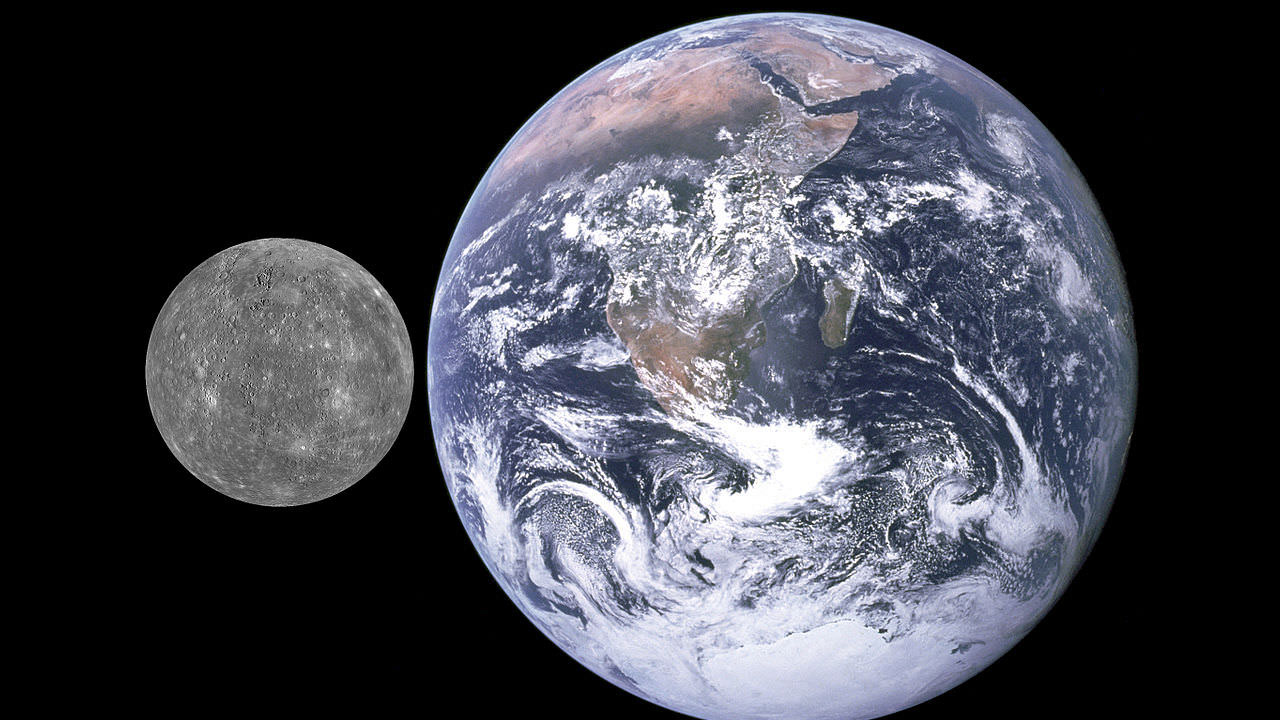
smallest planet of the solar system Although Mercury has features that make it extremely interesting. Average distance from the Sun about 58 million kilometers This makes it the second closest planet to the Sun after Earth. However, despite being so close to the Sun, it loses the title of being the hottest planet to Venus.
It is about one-third of the Earth’s diameter.
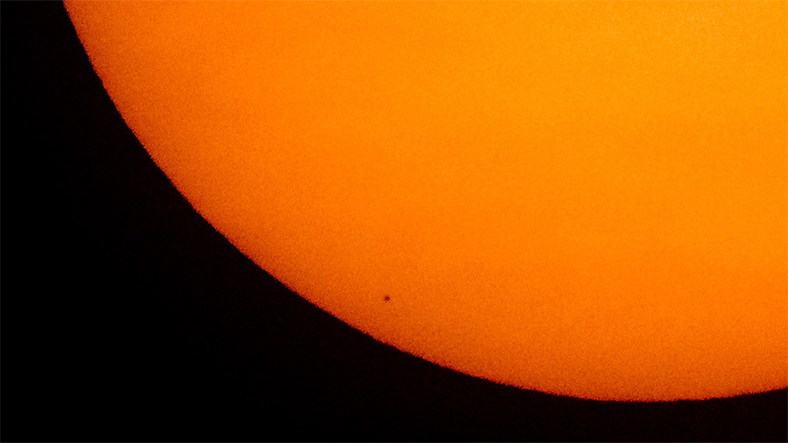
diameter of mercury It is approximately 4,880 kilometers across, making it slightly larger than the Moon. Also, Mercury, though small, dense metallic core thanks to a heavier planet than expected. Mercury’s gravity It is approximately one-third the size of the Earth. This means that the weight on it will be lighter than felt on Earth.
With its rotation around the Sun, it completes a year in only 88 Earth days.
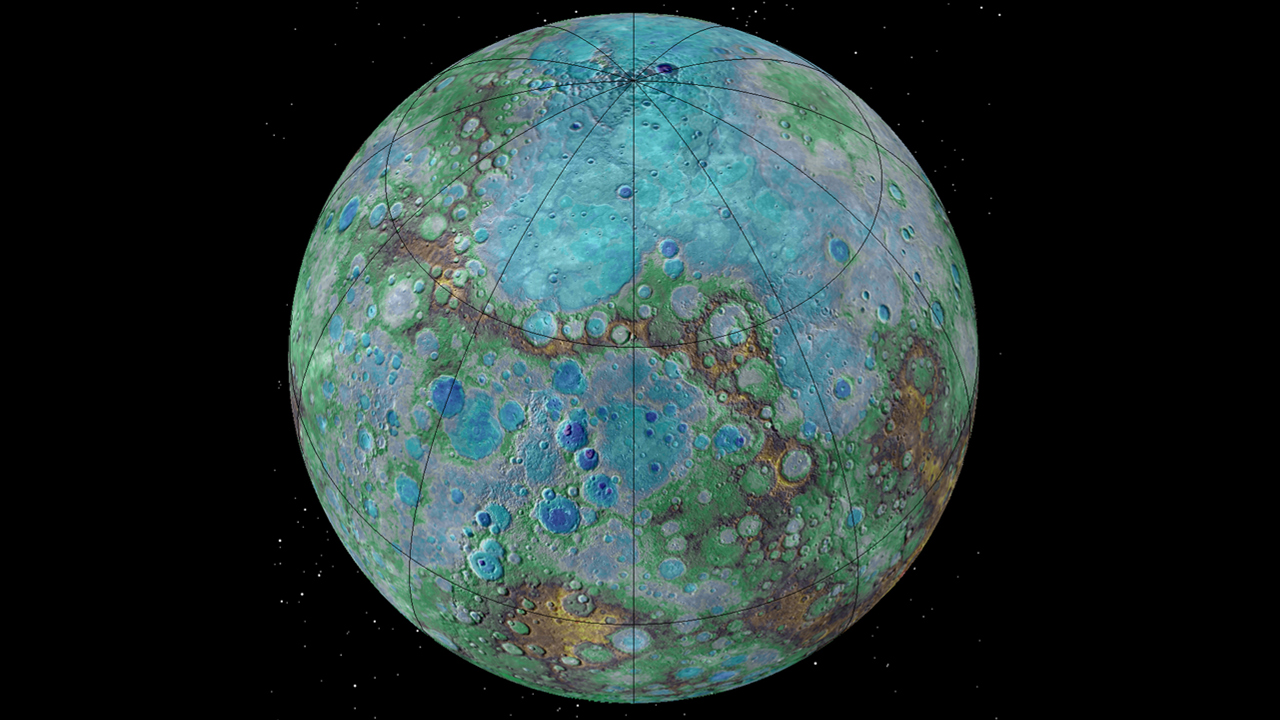
However, Mercury’s rotation around its own axis is 59 Earth days progress. This means that one day on Mercury is equal to almost two Mercury years. The strange timing also causes temperature differences on the planet’s surface to be quite extreme.
While the side facing the sun can heat up to 430 °C The night side can cool down to -180°C. This fluctuation is equivalent to a swing of approximately 600 °C, the largest of any planet in the solar system. Additionally, Mercury’s orbit is not only very fast but also highly elliptical.
The history of modern observation of Mercury gained a new dimension with the beginning of space exploration in the 20th century.
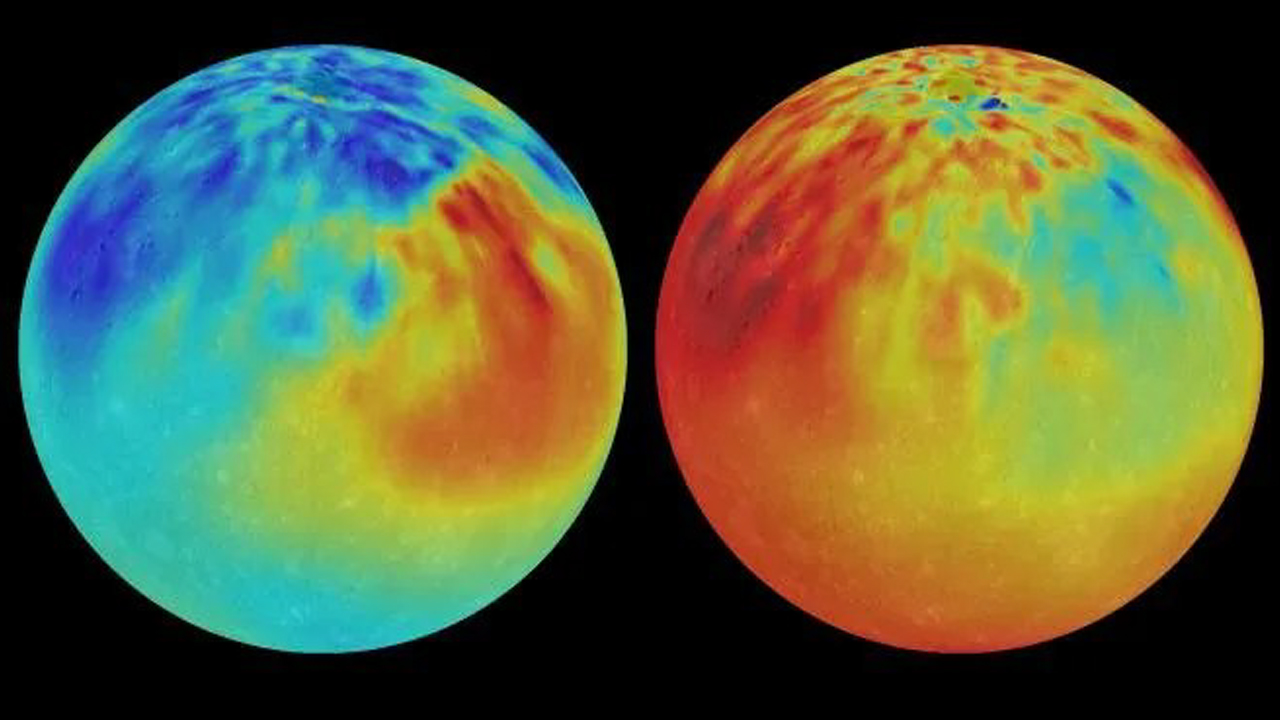
In 1974 and 1975 Mariner 10 Spacecraft, He sent the first close-up photographs of Mercury’s surface to Earth. This mission; planet’s magnetic fieldstudied its thin atmosphere and cratered surface in detail.
If in 2011 NASA’s MESSENGER mission, It orbits Mercury and studies the planet’s geology, magnetic field and ice-covered polar craters mapped it in more detail.
Mercury’s surface is covered with numerous craters, similar to the surface of the Moon.
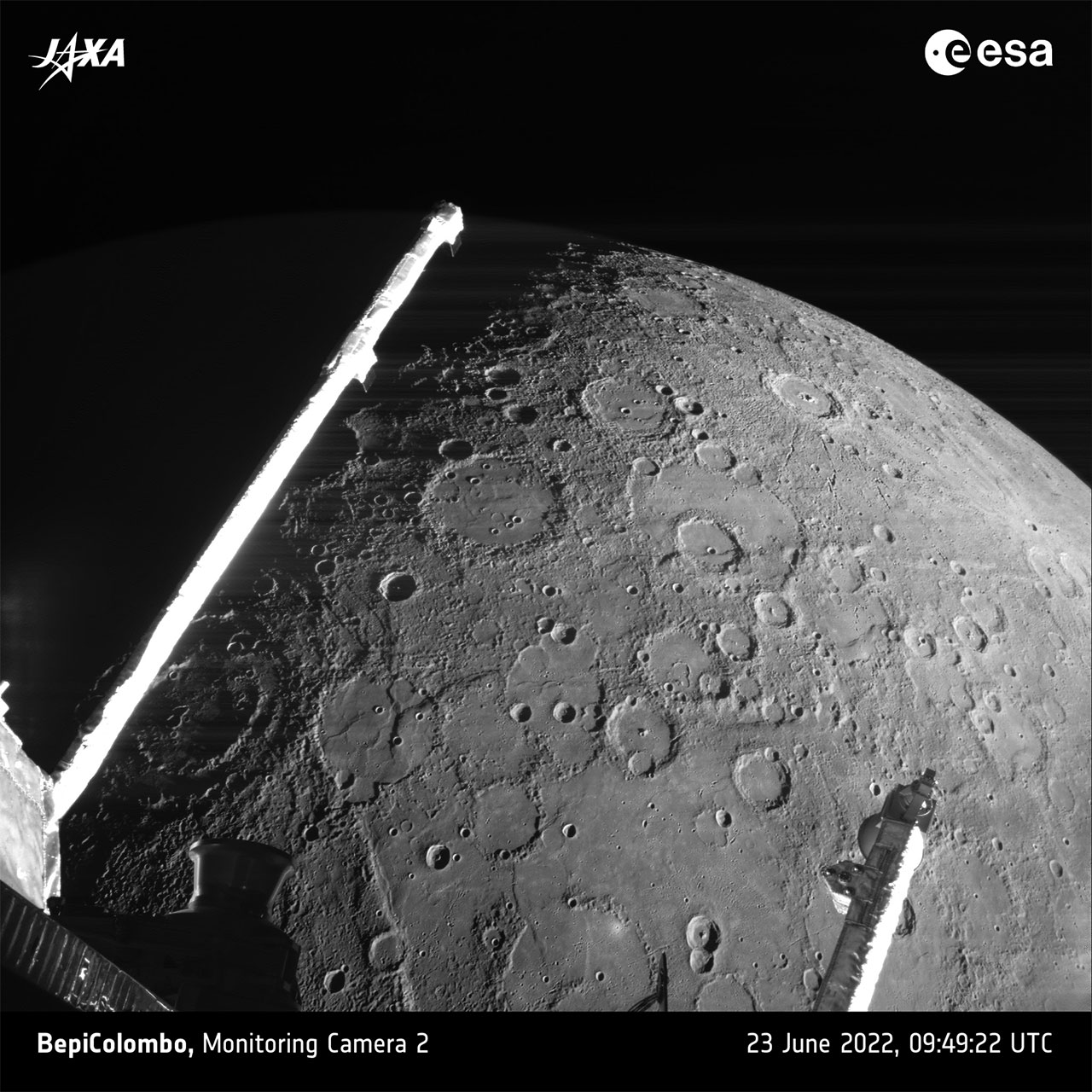
The craters are a result of various meteorite impacts that the planet has suffered over long periods of time. The most striking surface feature is Caloris Basin A giant crater called. This basin is approximately 1,550 kilometers in diameter and is one of the largest impact craters on the planet.
Mercury’s internal structure is notable for having a large iron core.
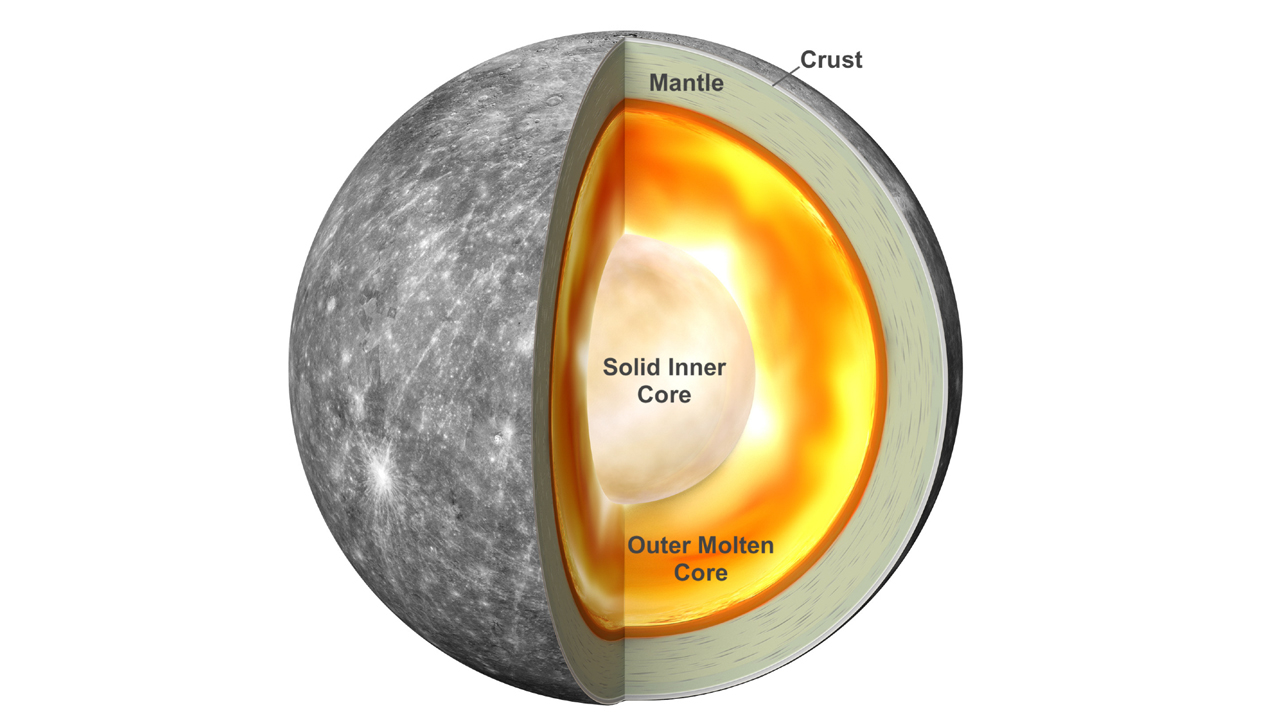
Mercury’s core, It is estimated to make up about 75% of the planet’s mass. This large core is why Mercury has an unexpectedly strong magnetic field.
Thickness of outer shell and only between 500 and 600 km. Scientists do not have a clear explanation for why the giant core contains more iron than other planets. They’re not sure why they’re such an odd size.
It has the thinnest atmosphere of any planet in the solar system.
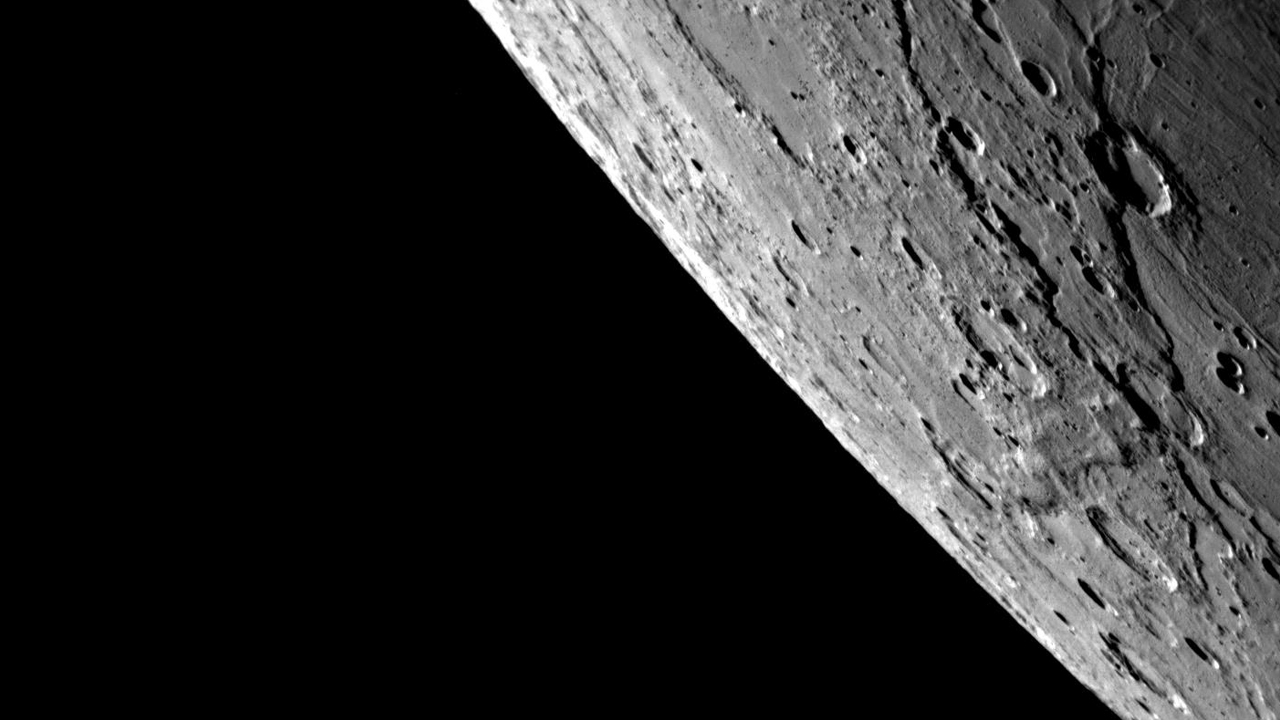
Mercury’s atmospherean extremely thin from “exosphere” is formed. This is a layer formed by the escape of light gas molecules from the planet’s surface into space. The main components of the exosphere are hydrogen, helium, oxygen, sodium and potassium It creates.
Frozen water was discovered.
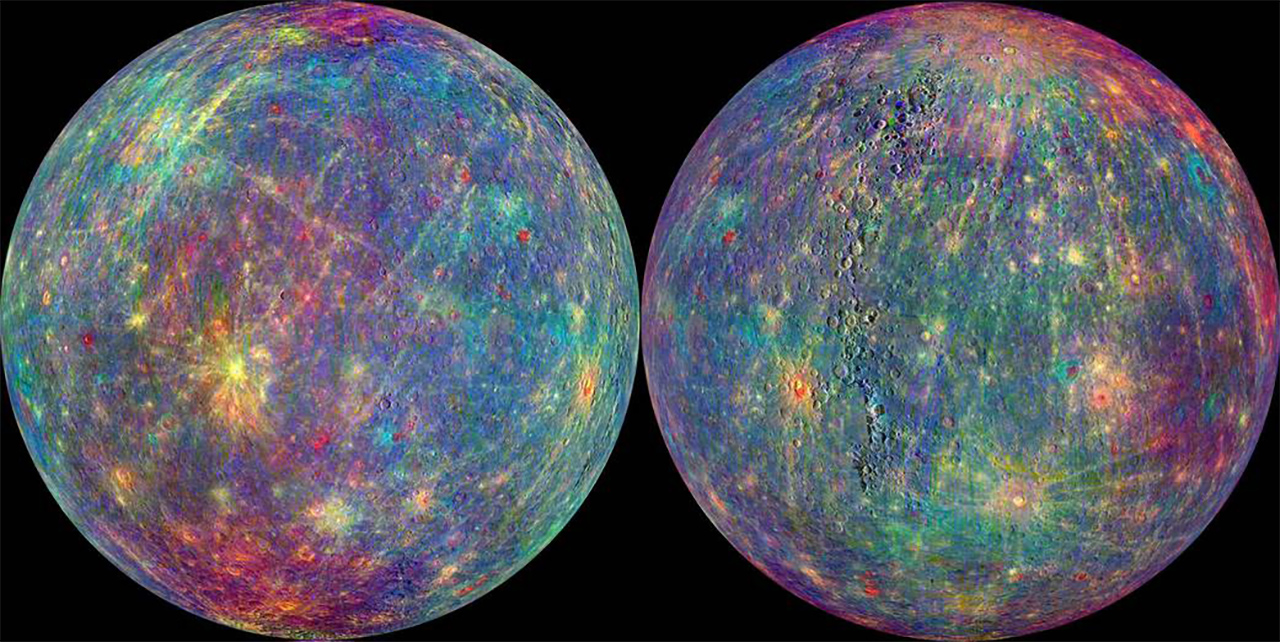
As research on Mercury continues, the planet’s mysterious nature is becoming more clear. For example, MESSENGER mission During , frozen water was discovered in the shadowed parts of craters in the planet’s polar regions. This was a situation previously thought impossible due to extreme temperatures, and it surprised scientists.
Streams of particles spilling like comets on its surface have also been discovered.
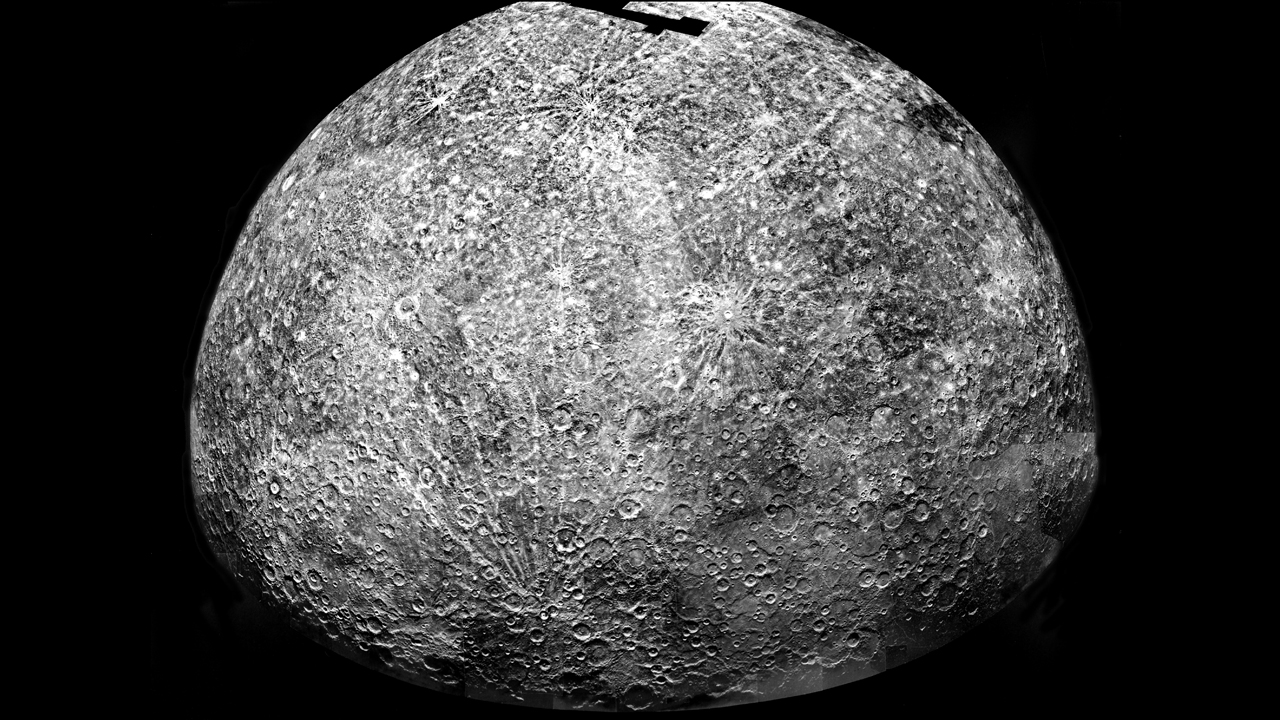
Discovery about Mercury, It’s not just frozen water. It is thought that these discovered particle streams emerged when the sodium in Mercury’s exosphere glowed as a result of being excited by light from the Sun.
According to an article by NASA Science, sunlight can also free these molecules from the surface of Mercury and push them into space. Additionally, these tails can be captured by astrophotographers on Earth. in long exposure photos can be caught.
With Mercury, Einstein’s theory of general relativity was confirmed.
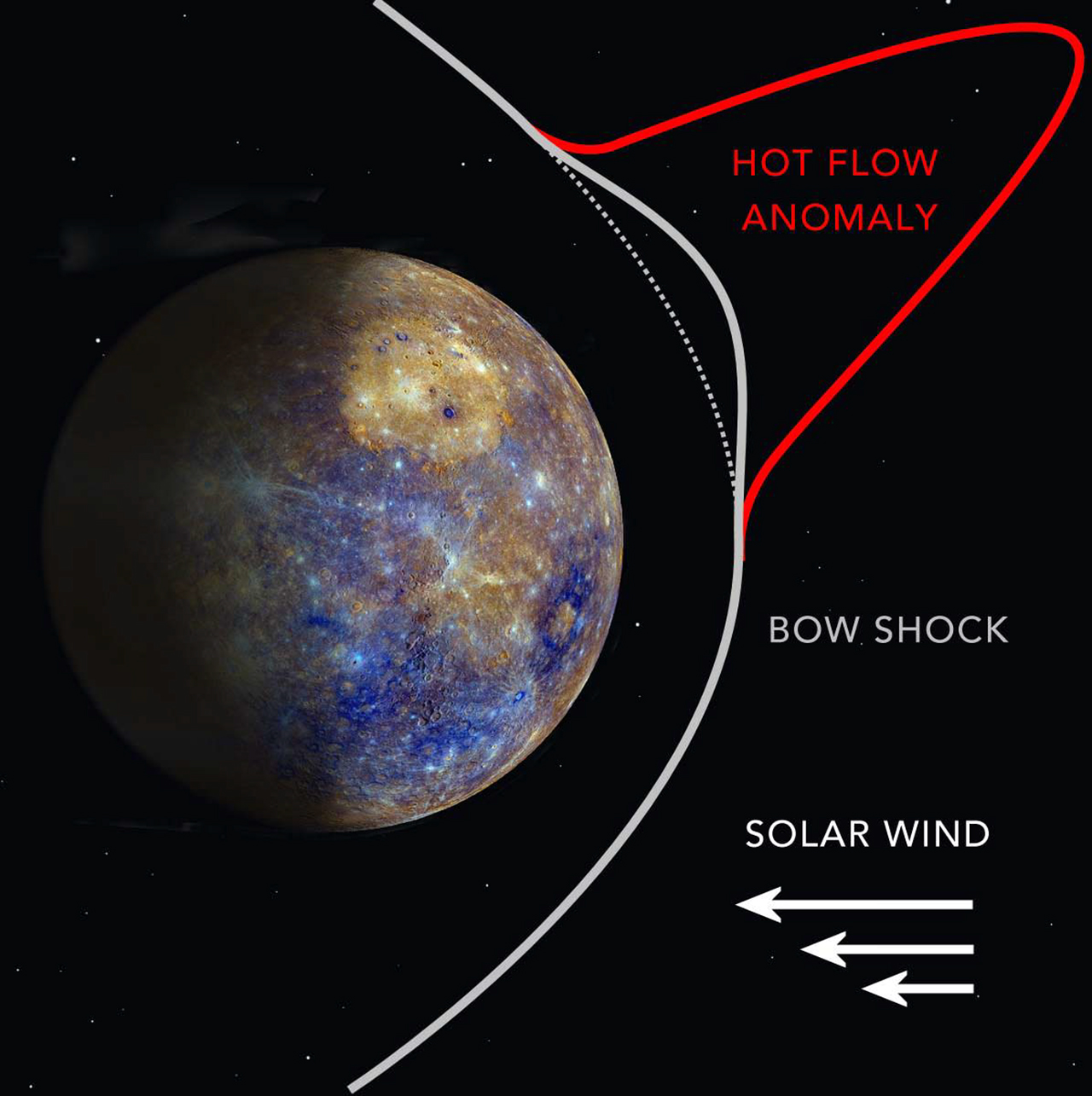
Both its proximity to the Sun and its eccentric orbit relative to other planets, Einstein’s theory It helped. The theory is about how a star’s light changes as it orbits near another planet or star.
Scientists too Radar signals from Mercury reflecting, actually partially confirmed this theory. The theory also says that the path of the signals might change slightly if the Sun were there compared to if it wasn’t.
Other information about Mercury:
- It has no rings and moons due to low gravity and lack of atmosphere.
- One of the 5 planets visible to the naked eye.
- It was believed that a planet called Vulcan existed between the orbits of Mercury and the Sun, but the existence of such a planet was never found.
- Mercury does not experience any seasons.
- It is not believed that life exists or has ever existed on Mercury due to its very thin atmosphere and temperature conditions.
These discoveries and interesting facts show that Mercury is just a More than just a rocky planet, showing that it occupies a unique place in the solar system. Future missions aim to delve even deeper into this tiny planet and learn more about the workings of our universe.
We have a lot to discover and learn about planets:
RELATED NEWS
Which Planet is Closest and Farthest from the Sun, How Are All These Measurements Made?
RELATED NEWS
The Question That A Study Breaks All Myths: Which Planet is Closest to Earth?
RELATED NEWS
Mars is Red, Venus is Brown… So What Causes the Planets to Have These Colours?
RELATED NEWS
All Planets in Our Solar System and Their Most Basic Features: We Summarized them for Those Who Don’t Know
RELATED NEWS
